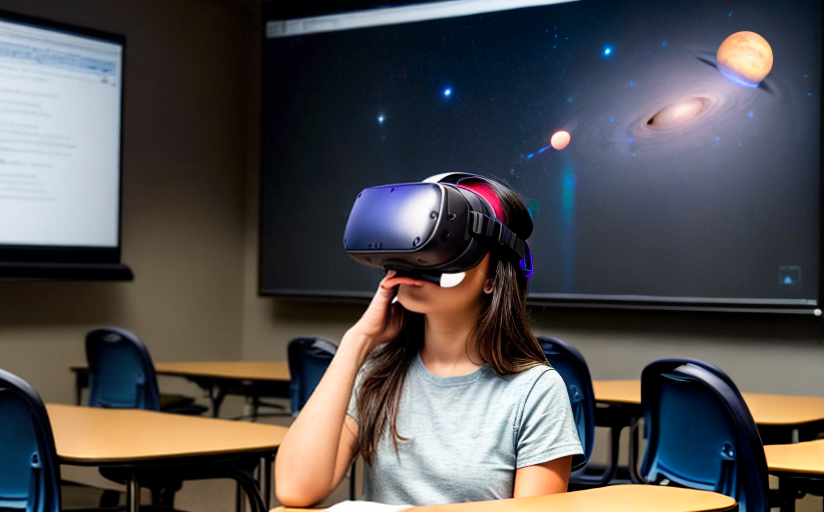An in-depth exploration of the influence of Virtual Reality technology in modern education
Introduction
Virtual Reality (VR) offers immersive learning environments that have begun reshaping teaching, enhancing student engagement, and influencing the overall educational landscape. This article aims to examine the impact of VR technology in modern education, unpacking the advantages and potential setbacks of incorporating this technology into classrooms.
Impact on teaching methods
Evolving past traditional methods, teachings have been transformed with VR, enabling educators to present complex scientific concepts, historical events, and artistic designs in an engaging manner. For example, medical students can perform virtual surgeries to augment their practical learning, while history classes can time-travel using VR to ancient societies, providing a rich, contextual learning environment.
Enhancing Student Engagement
VR technology has revolutionised student engagement. Research indicates that learning through VR reduces cognitive load and fosters interest, consequently improving retention rates. A survey conducted by the Journal of Medical Internet Research revealed that 82% of students found VR learning more engaging than traditional learning methods.
Improving Educational Outcomes
Data gleaned from a variety of case studies point towards positive educational outcomes linked to VR-incorporated learning. A study published in the 2018 Computers & Education journal highlighted that students who used VR for mechanics education showed increased proficiency compared to those who utilized traditional methods.
Advantages and Disadvantages
Advantages
- Engaging Learning: VR facilitates experiential learning that is interactive, thereby increasing engagement.
- Practical Experience: Students can experience real-world scenarios through VR, preparing them for future professional environments.
- Remote Learning: VR allows students to explore different world regions or inaccessible locations, such as outer space or deep ocean, from their classroom or home.
Disadvantages
- Cost: VR technology, in terms of both hardware and software, can be expensive for many institutions.
- Technical Issues: Any technical malfunctions or glitches can disrupt the learning process.
- Physical side effects: Extended use of VR can cause dizziness or eyestrain in some users.
Conclusion
In conclusion, while VR technology brings transformative potential to the education sector, it's crucial to weigh these benefits against potential drawbacks, including economic feasibility, technical preparedness, and health concerns. As technology advances and becomes more accessible, VR's role in education will only continue to expand, allowing us to develop increasingly engaging and immersive learning experiences.
```
















Comments
Leave a Comment